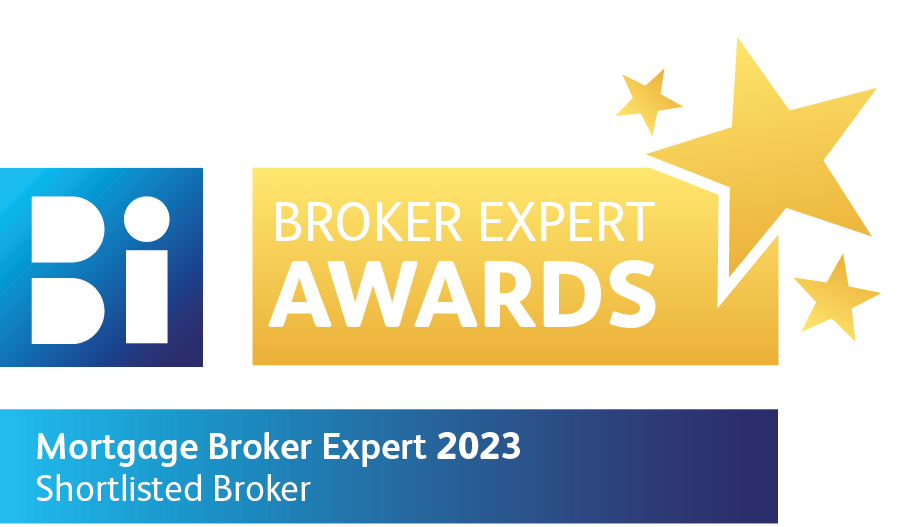Keen competition and a number of new offers means it’s a good time to shop around or review your mortgage.
It may require a bit more effort than moving electricity or broadband provider, yet switching your mortgage lender should always be up for consideration given the potential savings that can be made.
Mortgages should be assessed regularly and at least every three years, according to Joey Sheahan, head of credit at MyMortgages.ie. “Everyone should review their rates because there’s a lot of competition at the moment,” he said.
Leading that competition are Ulster Bank and KBC. At the end of June, Ulster Bank introduced a two-year fixed rate of 2.3% on a loan-to-value (LTV) ratio of up to 90%. Two weeks later, KBC cut its three-year fixed-rate from 3% to 2.65%, and its five-year fixed-rate from 3.35% to 2.8%, for mortgage holders with an 80-90% LTV. For borrowers with an LTV of less than 60%, the bank is offering a five-year fixed-rate of 2.6%.
Meanwhile, the recovery in property prices has brought many borrowers out of negative equity, giving them the option to move between lenders, said Sheahan. For others, the recovery has improved their LTVs, offering them access to better rates.
Switching is definitely on the increase. According to figures from the Banking & Payments Federation Ireland, the number of loans remortgaged in the second quarter of this year increased by 95.5% to 1,304 compared with the same period in 2017, while the value of switched business rose by 93.5% to €298m. Switched loans accounted for 14.8% of the total value and 13.9% of the volume of mortgages drawn down.
“We are beginning to see an increase in the amount of refinance business as a component of the overall growth in the mortgage market,” said Liam O’Connor, sales director at Irish Mortgage Corporation.
However, moving from one bank to another isn’t an absolute requirement for making decent savings. Much of the growth in switching is occurring within banks. According to Michael Dowling, managing director of Dowling Financial, many borrowers — particularly those on a standard variable rate — should be able to negotiate a better rate with their existing lender. He notes that 44,000 Bank of Ireland, 57,000 Permanent TSB and 36,000 KBC customers are currently on standard variable rates.
“Some of those borrowers may be in negative equity, but the vast majority of them can get a much better interest rate,” he said.
Dowling recommends doing some initial research. “Before talking to your own bank, find out what your house is worth — you can get a valuation or just look up the property price register, which records all houses sold. Then work out the loan-to-value ratio by dividing the outstanding mortgage amount by the value of the house. All lenders now lend on the basis of LTV. The lower the LTV, the better the interest rate you get.”
So, for example, if you’re with Bank of Ireland on a standard variable rate with a LTV of more than 80%, you’ll be paying 4.5% in interest. If the value of your house has increased to bring the LTV below 80%, the variable rate with the bank would reduce to 4.2%, and you’d also have the option of going on a three-year fixed-rate at 3%.
On a €250,000 mortgage over a 25-year term, this could reduce your monthly repayments from €1,389.58 to €1,185.53, resulting in an annual saving of €2,448.60. If you stayed on the reduced variable rate, the new monthly payment would be €1,347.36, or an annual saving of €506.64.
“Interest rates will rise from 2020 — we know that for a fact,” said Dowling. “That’s why we’re seeing some attractive fixed rates at the moment. And I would say to anyone that they should be seriously considering locking into a long-term fixed rate.”
Dowling said all of the main lenders will offer the same rates to their existing customers as to the borrowers they’re trying to attract. Before contacting your own bank, he recommends talking to a broker or doing research online to find out what rates are available. Sites such as Bonkers.ie and CCPC.ie have mortgage calculator and comparison tools.
Switching from one bank to another is a far more onerous task. “Changing a mortgage provider is exactly the same process as obtaining a mortgage to buy a new house,” said O’Connor. “There is a fair amount of work involved, but you could be saving €100-plus a month. So, over a 25-year term, it’s very worthwhile.”
Required paperwork includes salary certificates, P60s, three months of payslips, six months of bank statements, three months of credit card statements and six months of statements on any loans outside of the mortgage.
Rather than doing all the work themselves, switchers can opt to use the services of a regulated mortgage intermediary, who will be paid 1% of the loan amount by the bank on completion. Some brokers will also charge the mortgage holder a fee of €250 or €500, with part of that amount being refunded when and if the loan closes.
The other potential costs of switching lender can be broken into three parts. First is a formal valuation report, which is usually about €150 to €250.
There may also be a break penalty for those on a fixed rate with their existing lender. “Many people think that will definitely apply but each bank has a different calculation,” said Sheahan. “It has to do with the cost of the funds to the bank at the time you draw down your mortgage versus the cost at the time you exit the fixed rate. Due to the current low cost of funds to banks, in many cases, there’s zero breakage fee.”
Last up are the legal fees for bringing in a solicitor to do the conveyancing on the property. Average fees range from the €1,000 to €1,500 mark.
The good news is that the lenders generally cover all the costs of switching — there may be upfront costs but these will be refunded. For example, Ulster Bank pays out €1,500, AIB offers €2,000 and KBC will give its switchers €3,000.
Permanent TSB, meanwhile, offers 2% cashback on the overall loan amount while Bank of Ireland offers up to 3%. The latter provides 2% back as cash at the start of the loan and a further 1% back after five years to current account holders. “All of the lenders are covering the costs and in some instances you’ll make a profit,” said Dowling.
You should not be overly influenced by the incentives, said O’Connor. “One needs to be careful. What we’re seeing is that the better the upfront incentive the more expensive that mortgage is going to be in the long term. It’s an upfront loan you’re going to pay dearly for.”
And, in some cases, borrowers may end up on a far higher variable rate at the end of the fixed term. AIB is firmly focused on the variable rather than fixed rate loans. AIB boss Bernard Byrne said, given the short duration of fixed rate mortgages here, borrowers are being bombarded with short-term offers on a long-term commitment.
“People think they can switch again in three years’ time if the bank is not prepared to give them a better rate,” O’Connor said. “The assumption is that they’ll be in a position to do that, but circumstances can change and then they’re stuck with that particular lender.”
Source: https://www.thetimes.co.uk/edition/ireland/make-the-leap-to-a-better-lending-deal-2tlc9972n
If you are interested in switcher mortgages and would like to speak to us at MyMortgages.ie please don’t hesitate to contact us at [email protected] in Cork +353 21 4277037 or 353 86 8060601
MyMortgages Limited trading as MyMortgages.ie is regulated by the Central Bank of Ireland.





